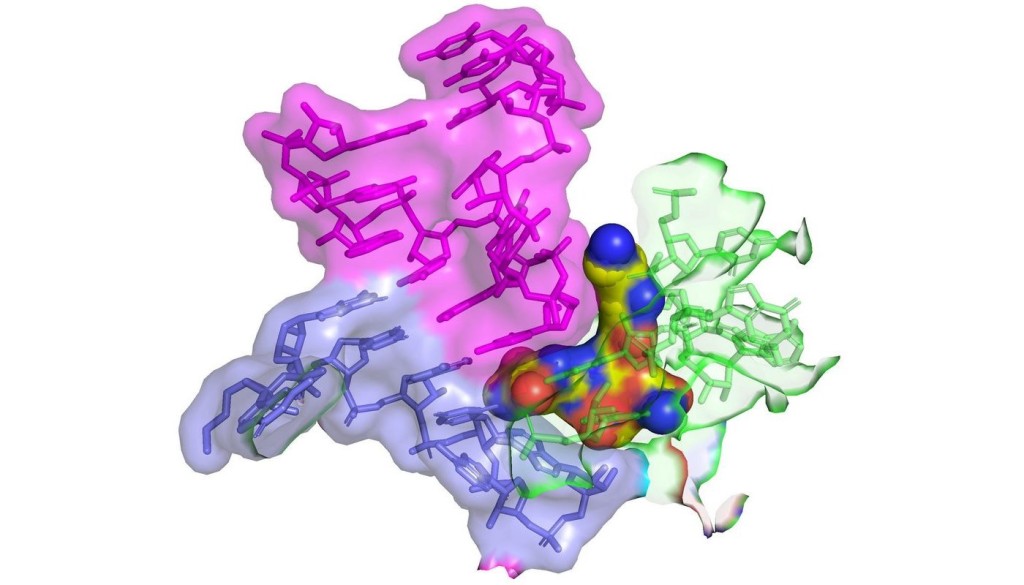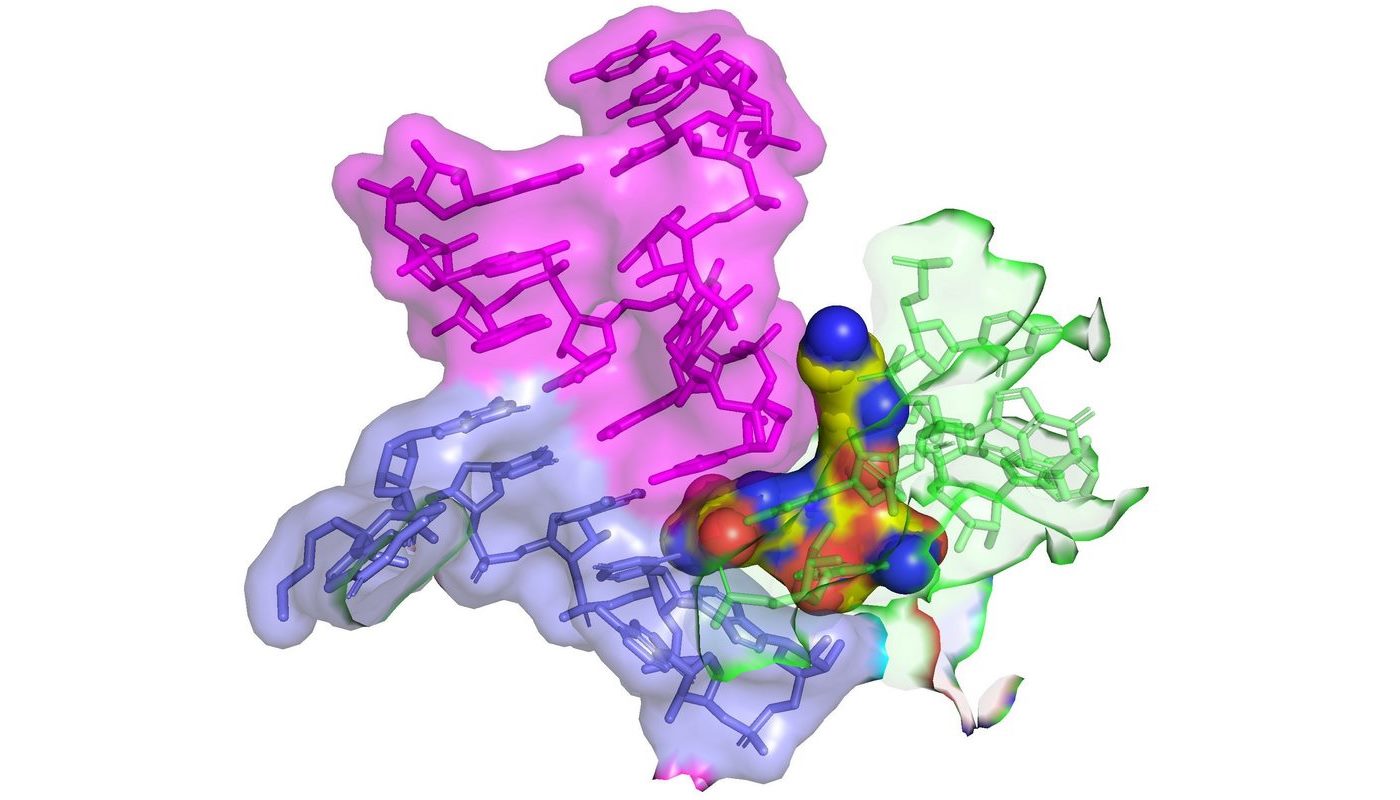
A discarded 80-year-old antibiotic may provide protection against multi-drug resistant superbugs, according to a new study.
Discovered back in the 1940s, nourseothricin is a natural product made by a soil fungus that contains several forms of a complex molecule called streptothricin.
It generated high hopes of becoming a powerful agent against gram-negative bacteria, which, due to their thick outer protective layer, are especially hard to kill with other antibiotics.
But nourseothricin proved toxic to human kidneys, and its development was dropped.
However, the rise of antibiotic-resistant bacterial infections has triggered a search for new antibiotics, which led Professor James Kirby and his colleagues at Harvard Medical School to take another look at nourseothricin.
Dr. Kirby said in his study on the compound that early tests of nourseothricin suffered from incomplete purification of the streptothricins.
More recent work has shown that the multiple forms have different toxicities with one, streptothricin-F, being significantly less toxic while remaining highly active against contemporary multidrug-resistant pathogens.
Dr. Kirby and his team characterized the antibacterial action, renal (i.e. kidney) toxicity, and mechanism of action of highly purified forms of two different streptothricins, D and F.
MORE MEDICINE NEWS: Regenerative Medicine Breakthrough: Cellular ‘Glue’ Heals Wounds, Potentially Regrows Nerves and Tissue
He said the D form was more powerful than the F form against drug-resistant Enterobacterales and other bacterial species but caused renal toxicity at a lower dose.
“Based on unique, promising activity, we believe the streptothricin scaffold deserves further pre-clinical exploration as a potential therapeutic for the treatment of multidrug-resistant, Gram-negative pathogens,” said Dr. Kirby.
MORE DRUG DESIGNS: Large Dose of Iron Could be Used to Kill Off Drug-Resistant Prostate Cancer, Scientists Believe
“Isolated in 1942, streptothricin was the first antibiotic discovered with potent gram-negative activity.”
“We find that not only is its activity potent, but that it is highly active against the hardiest contemporary multidrug-resistant pathogens and works by a unique mechanism to inhibition protein synthesis.”
SHARE This Medical Development With Your Friends…




















